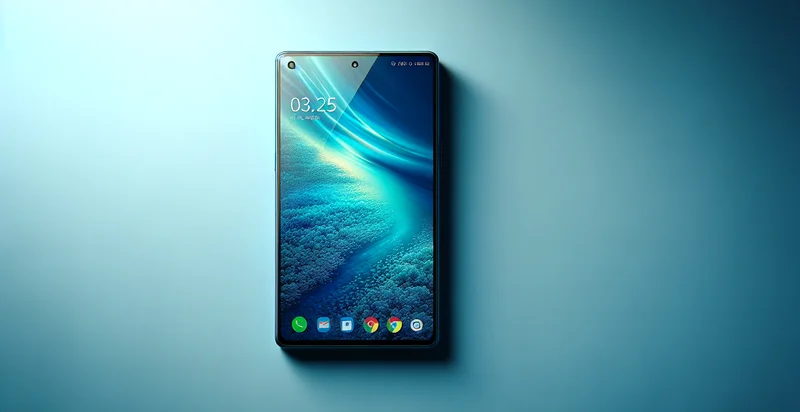Identify the color of a bag
using AI
Below is a free classifier to identify the color of a bag. Just upload your image, and our AI will predict the color of a bag - in just seconds.

Contact us for API access
Or, use Nyckel to build highly-accurate custom classifiers in just minutes. No PhD required.
Get started
import nyckel
credentials = nyckel.Credentials("YOUR_CLIENT_ID", "YOUR_CLIENT_SECRET")
nyckel.invoke("the-color-of-a-bag", "your_image_url", credentials)
fetch('https://www.nyckel.com/v1/functions/the-color-of-a-bag/invoke', {
method: 'POST',
headers: {
'Authorization': 'Bearer ' + 'YOUR_BEARER_TOKEN',
'Content-Type': 'application/json',
},
body: JSON.stringify(
{"data": "your_image_url"}
)
})
.then(response => response.json())
.then(data => console.log(data));
curl -X POST \
-H "Content-Type: application/json" \
-H "Authorization: Bearer YOUR_BEARER_TOKEN" \
-d '{"data": "your_image_url"}' \
https://www.nyckel.com/v1/functions/the-color-of-a-bag/invoke
How this classifier works
To start, upload your image. Our AI tool will then predict the color of a bag.
This pretrained image model uses a Nyckel-created dataset and has 39 labels, including Beige, Black, Blue, Brown, Burgundy, Charcoal, Coral, Crimson, Cyan and Emerald.
We'll also show a confidence score (the higher the number, the more confident the AI model is around the color of a bag).
Whether you're just curious or building the color of a bag detection into your application, we hope our classifier proves helpful.
Related Classifiers
Need to identify the color of a bag at scale?
Get API or Zapier access to this classifier for free. It's perfect for:
- E-Commerce Product Filtering: An online retail platform can implement the false image classification function to filter and categorize bags based on their color. This allows customers to easily locate products that meet their aesthetic preferences, enhancing user experience and potentially increasing sales.
- Inventory Management: Retailers can leverage this function to automate the sorting of bags in warehouses based on color. This simplifies inventory tracking and retrieval, helping staff efficiently manage stock without manually inspecting each item.
- Visual Search Optimization: Integrating the color identifier in visual search APIs can improve search accuracy for users looking for bags by color. Users can upload images of desired bags, and the system will return similar products based on the classified color, driving user engagement.
- Marketing Personalization: Businesses can analyze customer preferences based on color identification to tailor marketing campaigns. By understanding which colors are popular among different demographics, companies can curate targeted promotions, emails, or advertisements.
- Quality Control in Manufacturing: During bag production, manufacturers can use this function for quality control by automatically checking that color specifications meet the design criteria. This minimizes human error and ensures that products meet brand quality standards before reaching the market.
- Cross-Selling Opportunities: Retailers can utilize the color classification to suggest complementary products. For example, if a customer views a red bag, the system can recommend other accessories or bags in similar or coordinating colors, thereby boosting sales.
- Trend Analysis and Reporting: Fashion brands can implement this function to analyze color trends over time by aggregating data from scanned products. This insight can help brands adjust their product lines and marketing strategies to align with evolving consumer preferences and seasonal trends.


